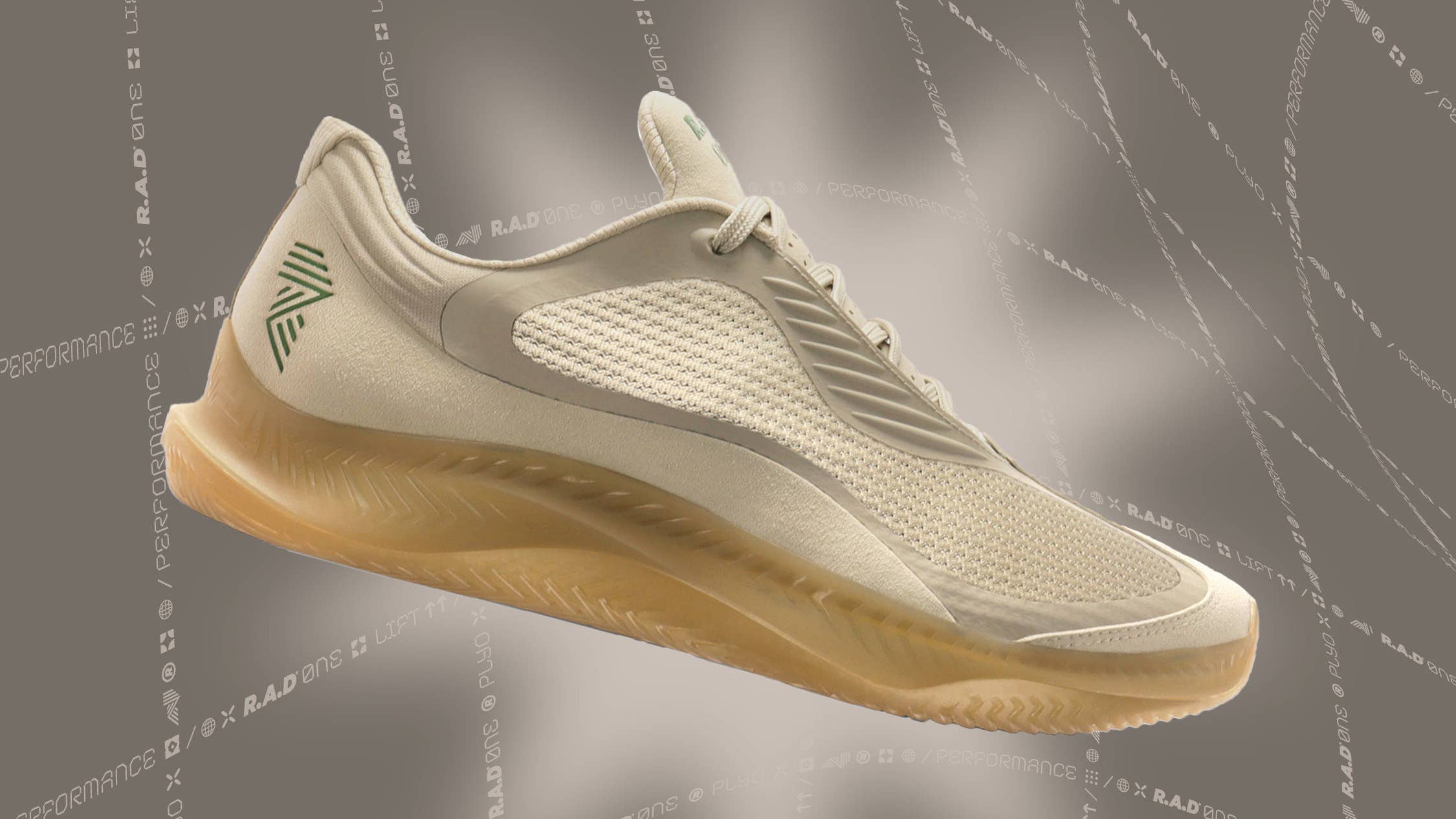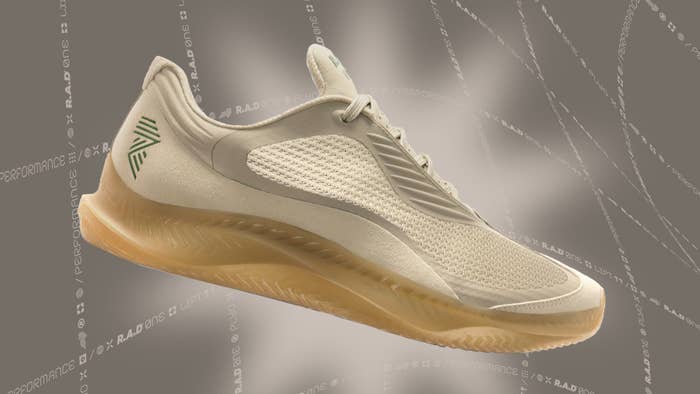
The latest fitness shoe that people are talking about doesn’t come with bulbous, new technology or the promise of making you run faster or jump higher. Instead, it focuses on a much simpler promise: being a good-looking product that performs throughout the long list of functional movements and seeks to minimize impact on the environment. It’s also not a shoe created by Nike, Adidas, or Reebok, but rather an upstart brand that’s trying to change the way we think about training footwear.
R.A.D., which stands for Rally Against Destruction, released its inaugural R.A.D. One sneaker at this year’s Wodapalooza, a weekend-long CrossFit competition held in Miami. The shoes came out of nowhere, but instantly became a talking point amongst the tight-knit CrossFit community. As quickly as they came, they were gone. The shoes have been released in five colorways and are nearly all sold out on the brand’s website.
In an Instagram story reshared by R.A.D.’s flagship athlete, Danielle Brandon, a user said they were CrossFit’s Yeezy.
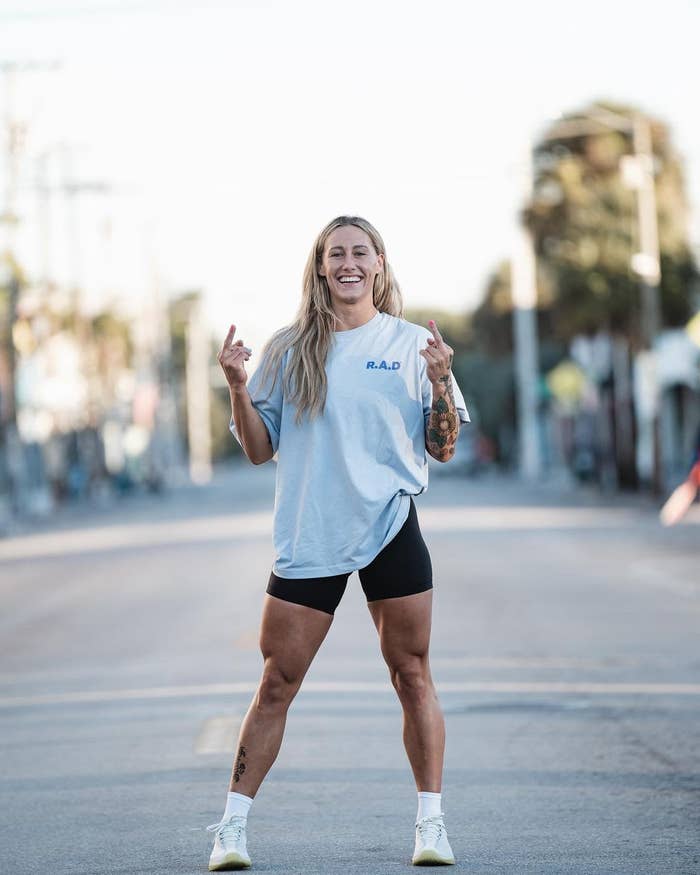
This sentiment was shared by Joel Te, who runs the YouTube review channel As Many Reviews As Possible, in which he said, “To me they look like the Yeezys of training shoes, they have that organic design to them.”
The sneakers themselves are a best-of-both-worlds when it comes to CrossFit and training shoes. They’re stable enough to hold up for the Olympic lifts and squats, but flexible enough to run in and do box jumps and other plyometric movements. The midsole is translucent and ridged throughout, while the upper is a mix of mesh and a synthetic microsuede material. The cushioning in the midsole is borrowed from Allbirds’ Swell Foam material that’s open source and made from sugar cane. I put them through months of CrossFit training and hit PRs in heavy lifts and never felt there was a WOD they couldn’t survive.
That comparison to Yeezys isn’t too far off. The brand is rooted in street culture and CrossFit. Its founder, 32-year-old Benjamin Massey, is a two-time CrossFit Games athlete from London who worked at A Bathing Ape’s Soho store throughout high school and college.
“I loved trainers. That was the thing, streetwear trainers, skating, and that whole vibe,” he says.
Massey opened his own CrossFit gym, Blitz, in London in 2011. Before becoming an official CrossFit-affiliated gym in 2013, it would amass around 400 members. Massey then sold the business and says that sale helped fund the first two years of launching R.A.D.
He had the idea of creating a shoe for functional fitness that was, well, functional outside of clean and jerks, handstand pushups, and double unders. The CrossFit space was dominated by Nike’s Metcon series, Reebok’s Nanos, and No Bull, a brand with minimalist training shoes that are loved by fitness enthusiasts but ignored or derided by anyone who’s obsessive about collecting footwear.
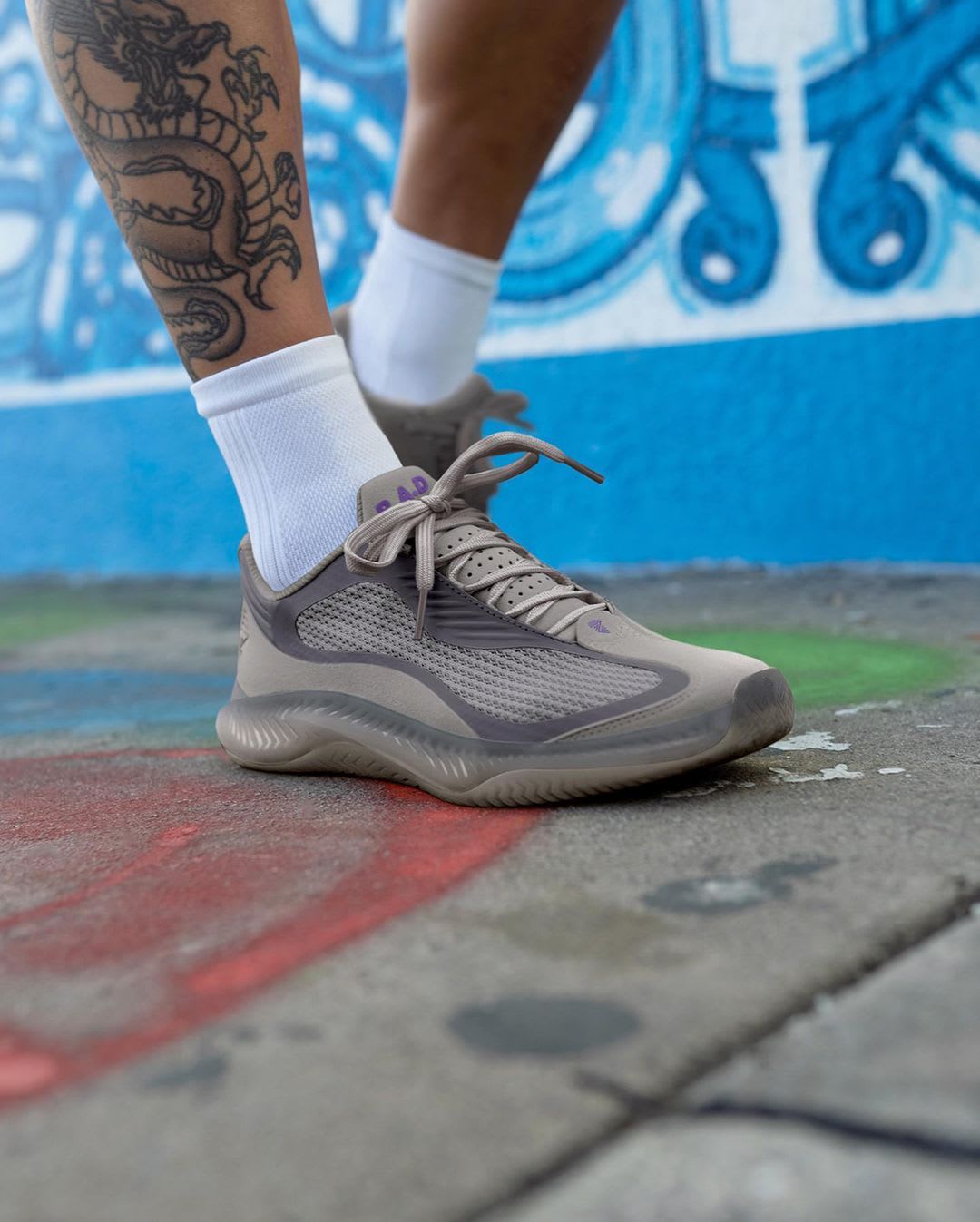
Although he had a vision for the sneaker, Massey’s not a footwear designer by trade. So he traveled to the best place to get a sneaker designed: Portland, Oregon. There he met former Nike designer and industry veteran Tom Berend. Berend worked at Nike for over 15 years and spent 12 years working in innovation for the brand, including time working with Tinker Hatfield in Nike’s storied Innovation Kitchen.
“I felt if we had that experience and credibility with an incredible designer, an incredible development team, we would be able to make a fantastic shoe,” says Massey. “It was kind of reverse engineered in a way. I felt like I wasn’t going to talk up the performance, because that’s what all the other brands do. Performance is in the shoe, but, first and foremost, it needed to catch people’s eye and for them to feel like, ‘Oh shit, that looks different. That looks fresh.’”
In an interview that appears on R.A.D.’s website, Berend talks about the design process of the sneaker. “Everything we went through in the process always had an opposite side of the coin. And we had to find that perfect place in the center,” he says. “Cushioned enough for running, but being stable enough to lift in. How do you design something that’s beautiful but takes its environmental impact into account at the same time.
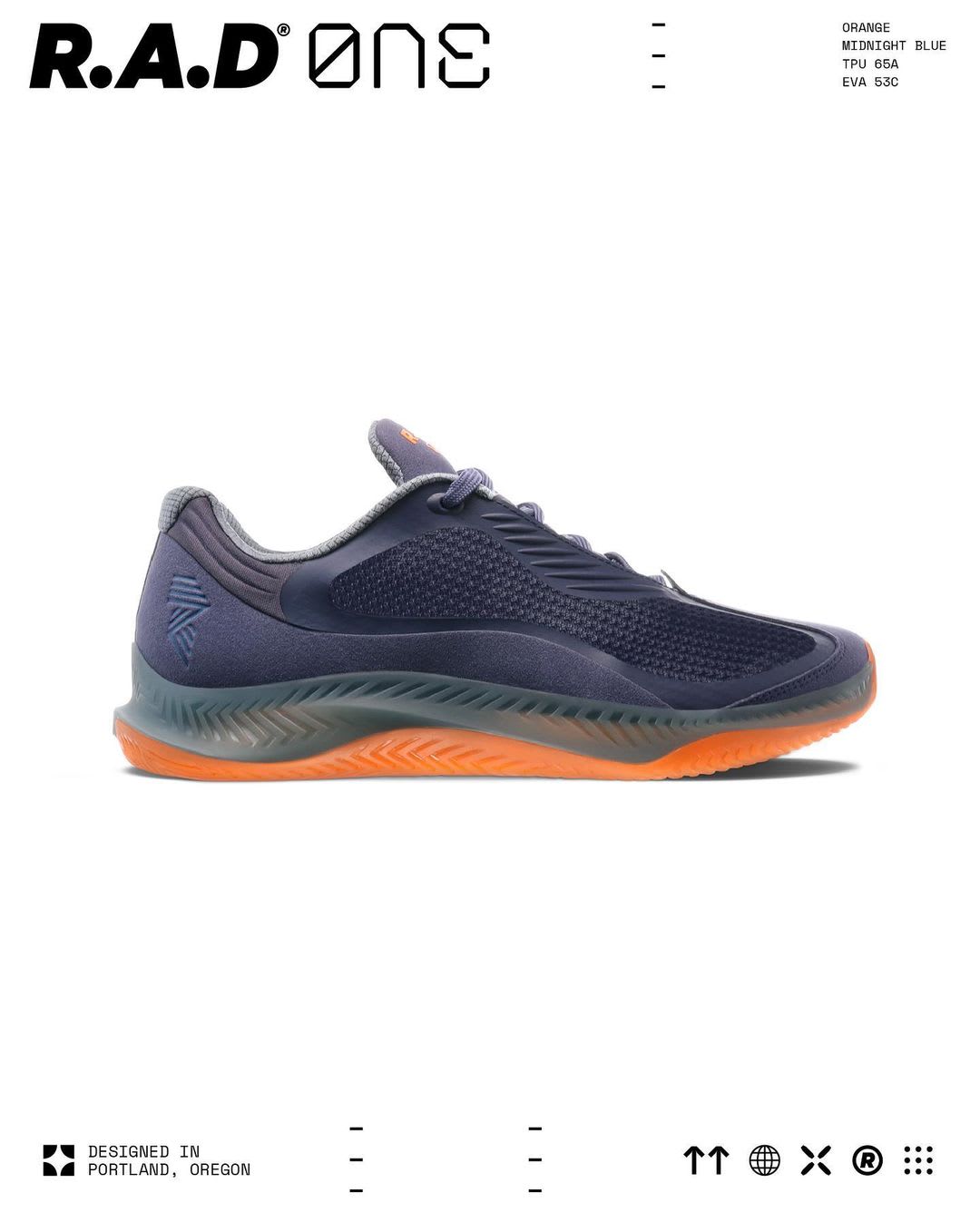
Massey says that he and Berend would organically work together on the shoe. He says he spent hours Photoshopping ideas and pieces of design to give Berend a rough idea of what he wanted in the model, but ultimately let him work his years of experience into the final product. “It wasn’t going to Tom and saying, ‘This is what I want, go off and do it.’ I want to be very hands-on in the design and the branding side. That’s the bit I enjoy,” says Massey.
Massey doesn’t have a specific reference point for the shoe, but he says it’s inspired by skate culture. He says that CrossFitters are like the skaters of the fitness industry; a group of outsiders with their own lingo and subculture rules.
If you didn’t know that R.A.D. was rooted in functional fitness, then you’d guess it was a streetwear brand from its website. There are no shirtless men or women in lycra. Rather, it looks like a DIY website from the ‘90s, with a dancing sunflower and spinning version of the brand’s logo.
If marketing was going to play a big role in the shoe, then the company needed someone to help pitch the sneaker. That’s where Danielle Brandon came into play. The 26-year-old athlete has gone to the CrossFit games three times, finishing as high as 10th in her rookie season, and has become a fan favorite over the past year. Her often-dyed hair, either pink or blue, makes it easy for her to stand out visually on the competition floor. She also gained a bit of notoriety at this past year’s game after she was made to compete in an isolated line for the duration of the weekend due to her two training partners testing positive for Covid, despite her testing negative. After winning the handstand walk event at a blistering pace, she jumped on the platform and threw two middle fingers up to the crowd. It was one of the biggest highlights of the weekend.
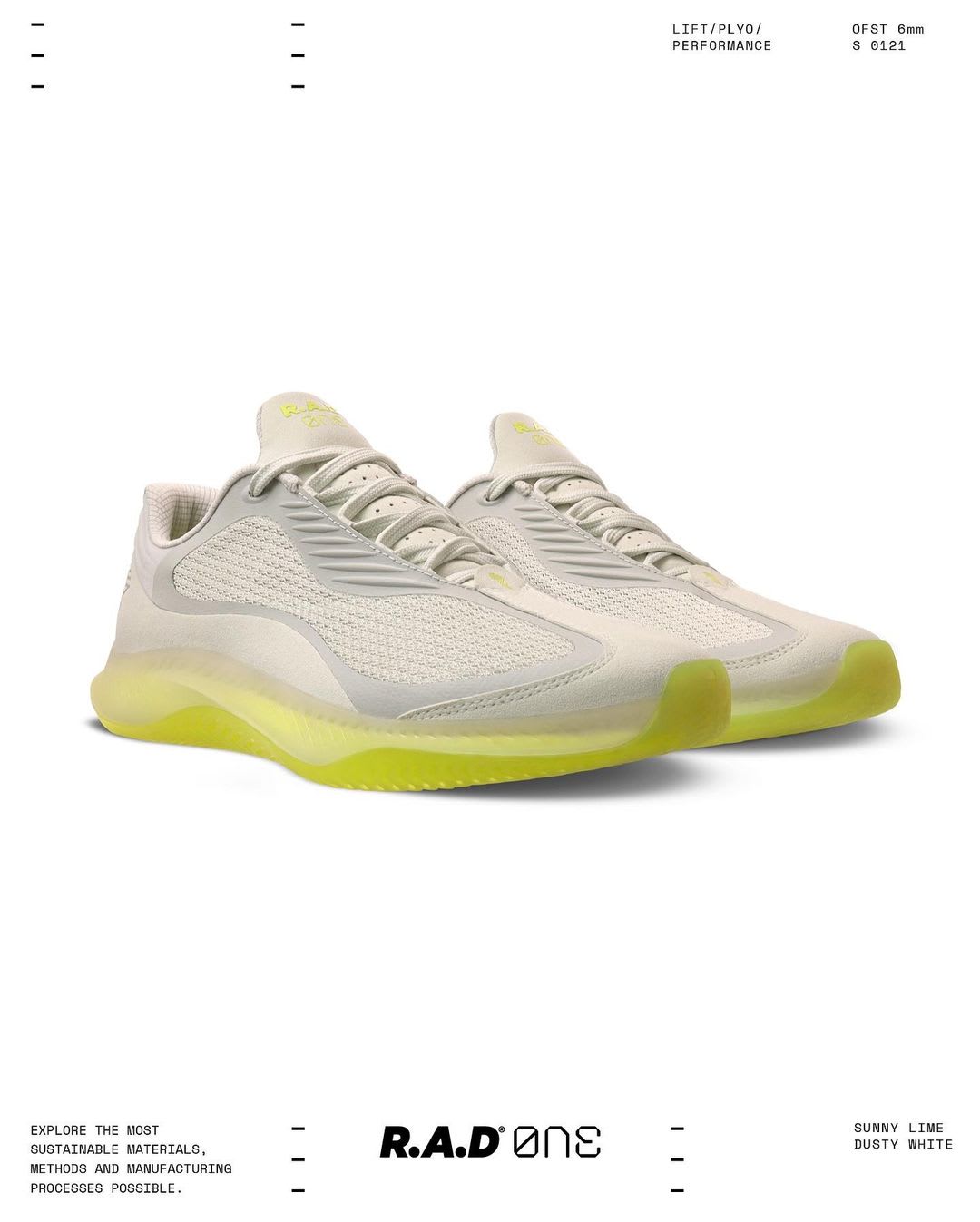
At the time, Brandon was a Nike athlete who opted to wear a pair of Nike Blazers for that event. Suddenly all of that changed. In January at Wodapalooza it was announced that she was the new face of R.A.D., a brand no one had ever heard of before. It was shocking to some. Brandon is one of the brightest up-and-coming athletes in CrossFit. Her coach Justin Cotler has described her only weakness as being the mental side of competing.
She says she left Nike, however, because the brand wouldn’t allow her to give much input.
“I chose to leave Nike for R.A.D. because what I saw in R.A.D. was an opportunity that I never would get with Nike. With Nike being so established and well, just being Nike, I was never going to get as much influence on things the company had to offer, like clothes, shoes, branding, style etc.,” she says. “However, with R.A.D. I now get the chance to express myself and have a more intimate relationship with the company, therefore it being more of a partnership rather than just sponsorship.”
Massey says that Brandon will gain financially if the brand does well.
She says her fans have told her there couldn’t be a better fit for her to work with. When asked whether she’ll release her own sneaker, she says, “You can expect a lot of things.” The brand recently posted on Instagram that “DBE” (Danielle Brandon Energy) products will be coming soon.
One of the more eye-catching and hype-building moments for R.A.D. occurred at Wodapalooza, but it wasn’t the brand’s rollout. Rather it was Australian CrossFit legend Khan Porter taking a shooey out of his grey and lime green R.A.D. Ones.
In addition, the brand is trying to minimize its carbon footprint. Massey says, “As we grow and scale, we always want to be trying to find new bits of technology and ways of integrating them into our products to reduce our impact.”
It will be interesting to see what comes of R.A.D. The shoes, which retail for $150, are worth the hype. And they’re the first training shoe I’d consider wearing outside of the gym. Once more people can actually buy them, I’m sure you’ll see them more frequently. “So it’s like now, it’s how do we get the shoe on people’s feet for them to know that it’s a good product?” says Massey. “And that’s what I think we need to work through.”

